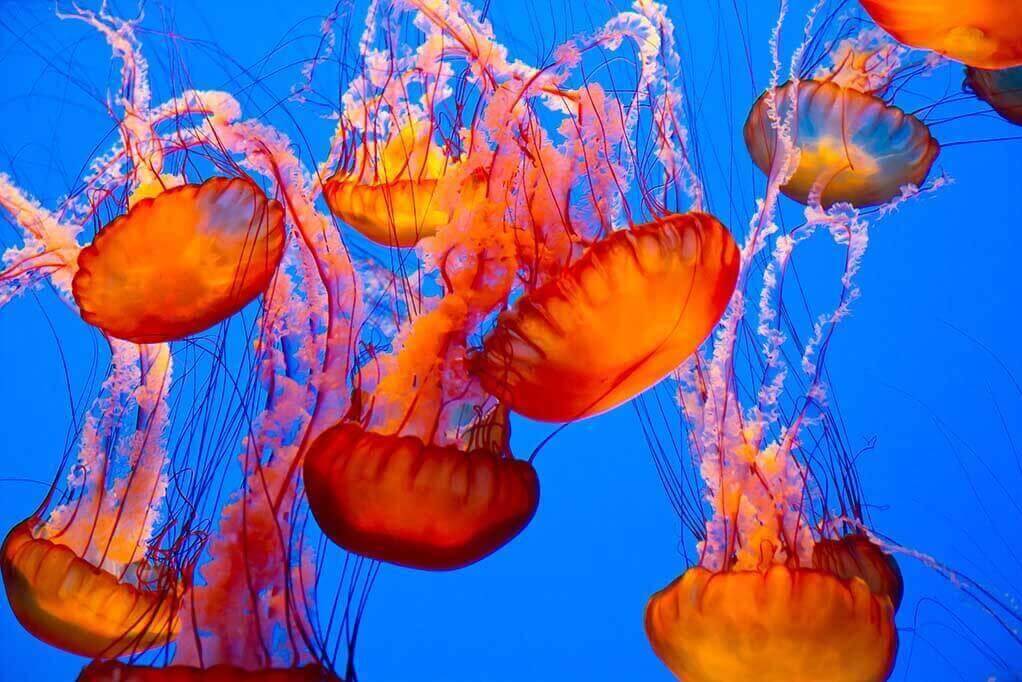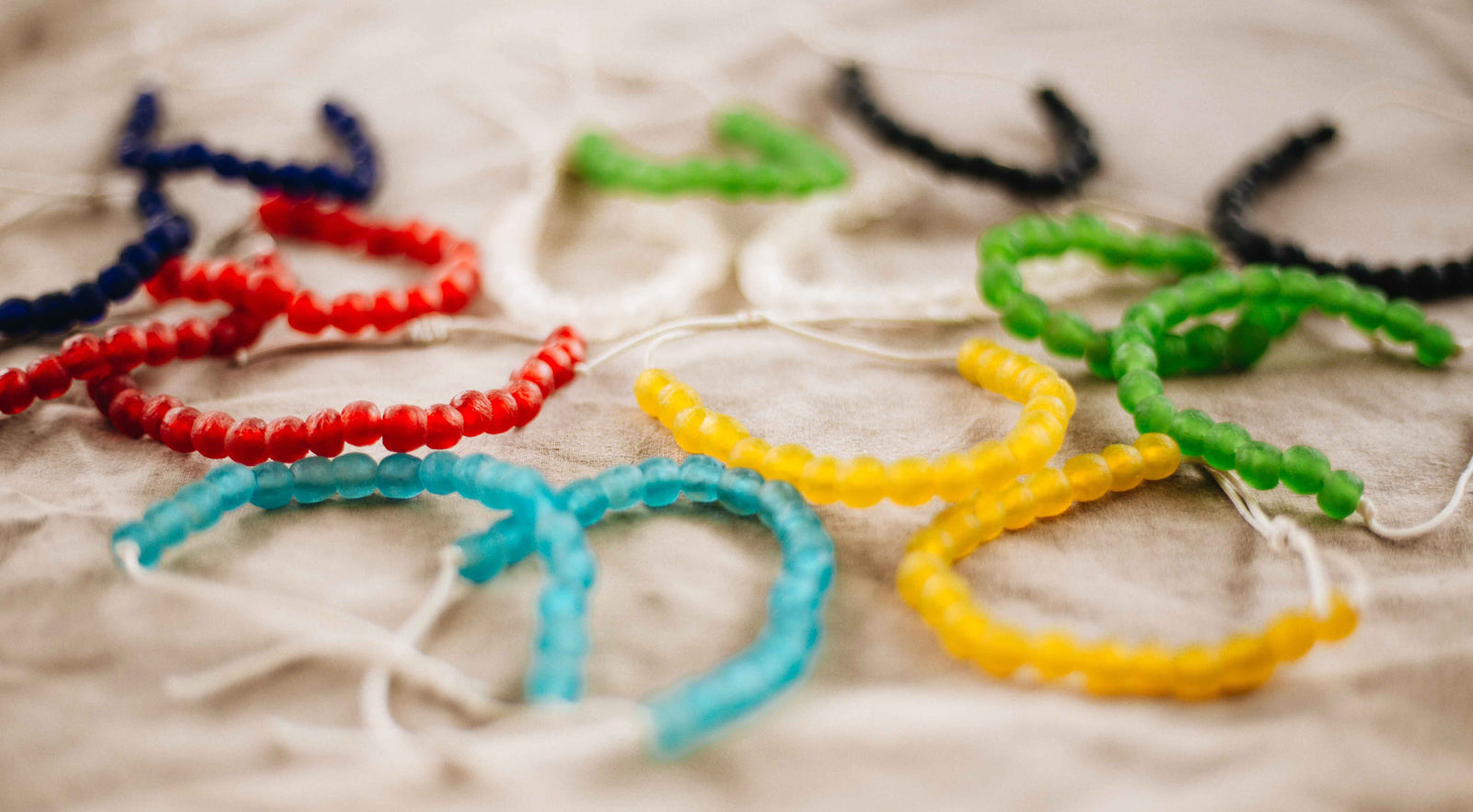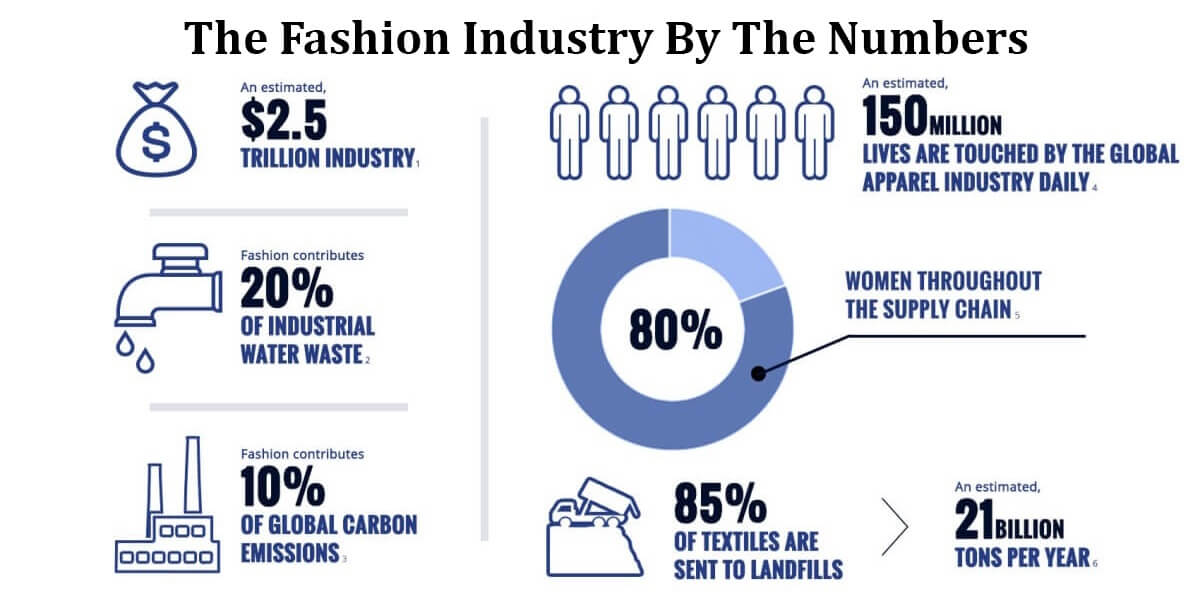Your Cart is Empty
Be the Change You Wish To See In The World!!!
How Jellyfish Can Save Us From Ocean Pollution
Our world’s oceans and the marine life within it are in danger, primarily due to plastic pollution. Approximately 150 million tons of plastic are floating in the sea today, and as much as 12.7 million tons more are dumped in each year. In addition, ocean warming, a subset of global warming, means water temperatures are slowly rising. Warmer temperatures affect marine life and ecosystems.
One sea creature being affected is the jellyfish, though in a surprising way. Jellyfish species like the barrel jellyfish are faring well in polluted environments. Researchers are noticing more large masses of jellyfish, called blooms. Jellyfish blooms have impacted the tourist industry as well as aquaculture, fishing industries, and the coastal communities.
While this proliferation of jellyfish blooms presents a problem, it may also provide a much-needed solution to plastic pollution. Researchers are exploring an option that targets both issues at once. Let’s learn more.
Human-Sized Barrel Jellyfish
In 2019, an underwater cinematographer named Dan Abbott and his diving partner, biologist Lizzie Daly spotted an enormous barrel jellyfish during a diving trip off the coast of Cornwall, England. Biologists have speculated that these jellyfish could grow larger than humans, though this was never confirmed until this sighting. The pair found themselves right alongside a living barrel jellyfish.
Barrel jellyfish are the largest jellyfish species in British seas, though it’s rare to spot one living. Most often, people spot them washed up on the beach during the summer. On average, these jellyfish grow up to 3.2 feet (or 1 meter) and weigh up to 55 pounds (or 25 kilograms).
This sighting came at the perfect time because Abbott and Daly were on a seven-day expedition to raise awareness about marine life. Daly actually swam with the jellyfish, which was larger than she was, for over an hour while Abbott filmed and captured photographs.
The barrel jellyfish has eight arms, and each one has stinging tentacles. However, Daly was in no danger since she did not pose a threat to the jellyfish. Also, the stings from this species are mild and not poisonous enough to threaten a person’s health.
Barrel jellyfish and some of the cousin species are known to thrive even in polluted waters. In fact, the increase in large blooms has caused upset along European coastlines, disturbing beachgoers and fishers. The reason for their prosperity may just help solve the pollution problem.
 Photo by Dan Abbott
Photo by Dan Abbott
Jellyfish May Hold the Answer to Ocean Pollution
As we mentioned, the massive amounts of jellyfish blooms in European waters have become problematic along coastal areas. Biologists feel that this increase in jellyfish blooms are the result of global warming and overfishing. Some of the areas most affected are the Slovenian coast, which is on the Adriatic Sea.
Researchers see this as a potential opportunity to clean up the oceans. Chemists from the Slovenia National Institute of Biology are studying barrel jellyfish. They are especially interested in the mucus they secrete. The secretions are a reaction to stress, as a way for the body to protect itself. The institute is working on a prototype filter for treatment plants that’s made partly of jellyfish mucus. They feel that the mucus, which is a viscous liquid, can trap microplastic particles.
Microplastics are tiny particles of plastic that are less than 1 mm in size. They come from two sources. The first is from manufacturers who produce them to use in consumer products or as byproducts from larger plastic items that break down during the manufacturing process.
Microplastics are also created on sea or land as plastic waste is discarded. In the ocean, heavier plastics sink to the ocean bottom, making it harder to remove them during cleanup efforts. They break down underwater, but they do not degrade. They, and all types of plastic, remain in the ocean forever, or until the world finds a way to filter it out of the sea.
All marine species have measurable amounts of microplastic in their bodies, which means they are absorbing the particles as they feed, and some even as they swim and take in water. Not only does this impact ecosystems as a whole and the health of marine wildlife, but it also affects our own food supply. Traces of plastic can be found in most of the fish and shellfish in any local fish market around the world.
This group of scientists believes that they can use the jellyfish mucus to create a natural filter for microplastics to combat ocean pollution. The mucus has been shown to bind to microplastic. Marine biologists and chemists hope to use it to create a microplastic biofilter for both commercial as well as public use.
The jellyfish biofilter would be able to treat water processed through wastewater treatment plants. It could also be used in factories, where a good portion of the microplastic is produced. Filtering it right at the factory would eliminate it from its point of origin.

The Jellyfish Bracelet
At Bead the Change, we offer “bracelets for a cause” that support ocean conservation as well as projects dedicated to minimizing the effects of ocean warming and protecting all jellyfish species. For example, one of our most popular charity bracelets is our Ocean Cleanup Bracelet, which supports The Ocean Cleanup. The Ocean Cleanup is a nonprofit organization dedicated to ridding the area known as the Great Pacific Garbage Patch of plastic waste.
Ten percent of every ocean bracelet purchased goes to this organization. This save the ocean bracelet is made of beautiful turquoise glass beads made from recycled glass bottles. Even the cord is made from reclaimed plastic water bottles.
We are also proud to announce that we are expanding our ocean plastic bracelet line to include our upcoming Jellyfish Bracelet. We have designed our Jellyfish Bracelet with multicolored beads made from recycled glass bottles. Also, the elastic cord makes the bracelet one-size-fits-all, perfect for men and women alike.
This new addition to our line of glass bead bracelets will support the Sea Shepherd Conservation Society, which is an international marine conservation organization. They defend, conserve, and protect wildlife and the ocean from environmental destruction due to climate change and marine pollution.

Comments will be approved before showing up.
In short, ethical fashion works toward the social good of society. It takes into account the workers who make the clothing industry possible. This includes everyone from the farmers who grow the fabric to the garment workers who stitch the pieces together. These efforts go beyond the surface we see as consumers. Rather, social good is deeper than the public image. A brand must take care to ensure fair wages, maintain fair trade certifications, and provide healthy working conditions. The ethically responsible brand invests in its people as much as it does its product, if not more so.
Now, you never have to tuck your jewelry away because it needs a deep cleaning. You can keep your jewelry sparkling yourself using eco-friendly cleaning agents you probably already have around the house.
Here are a few cleaning options that don’t involve harsh chemicals.



